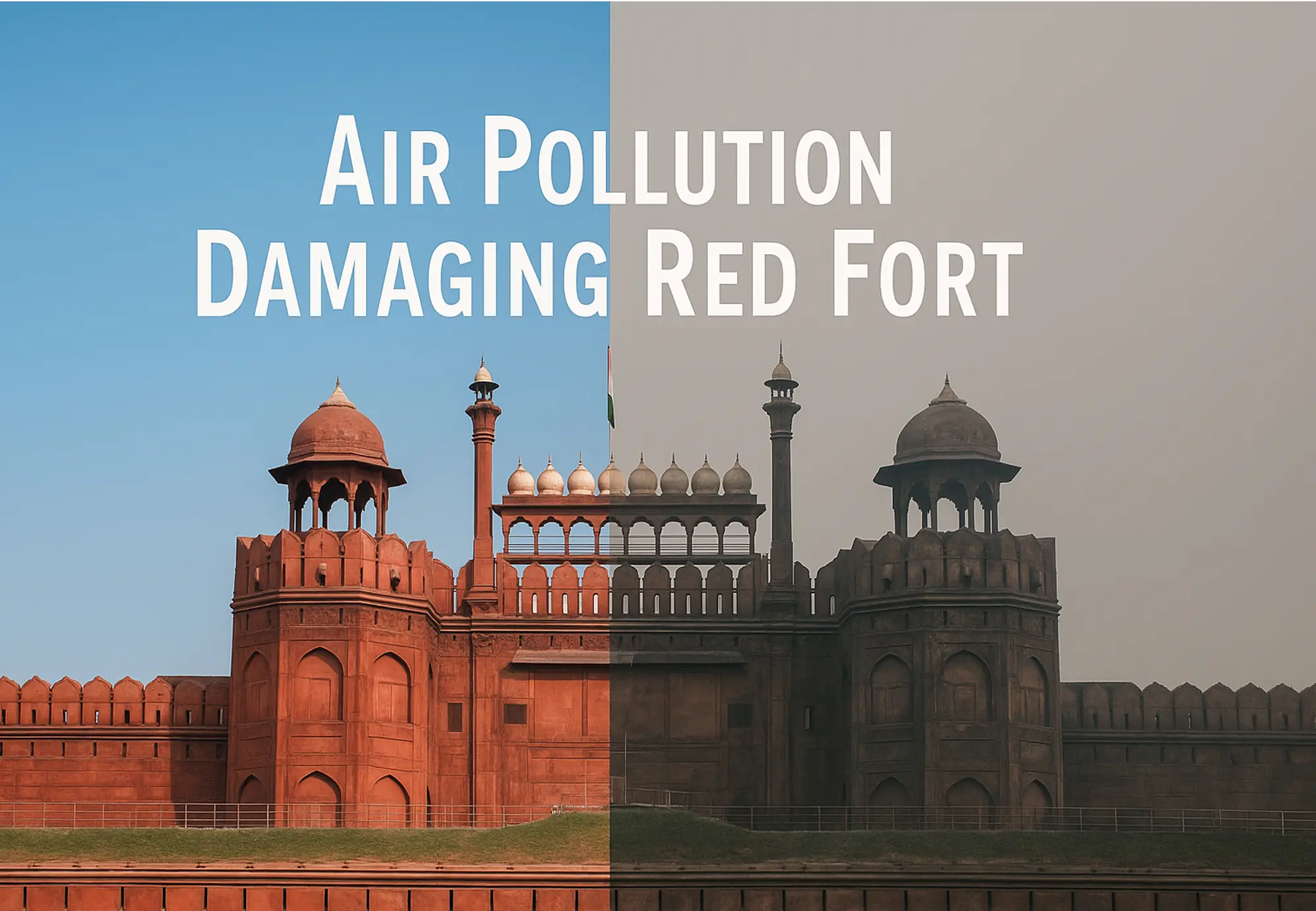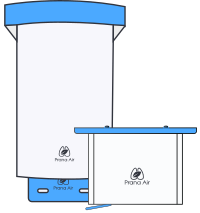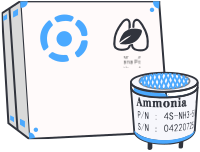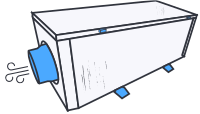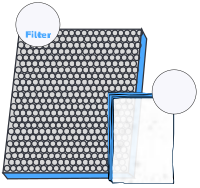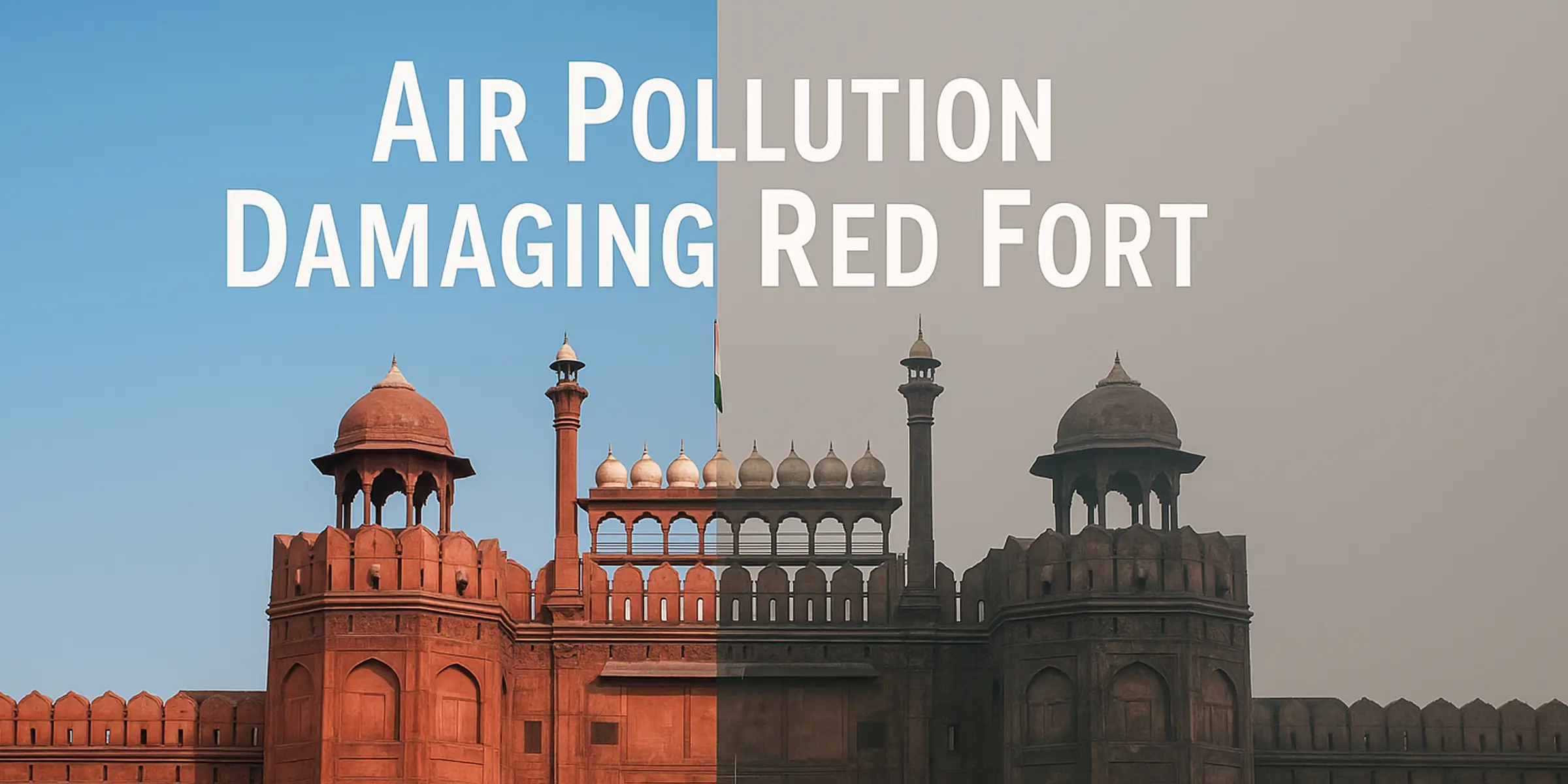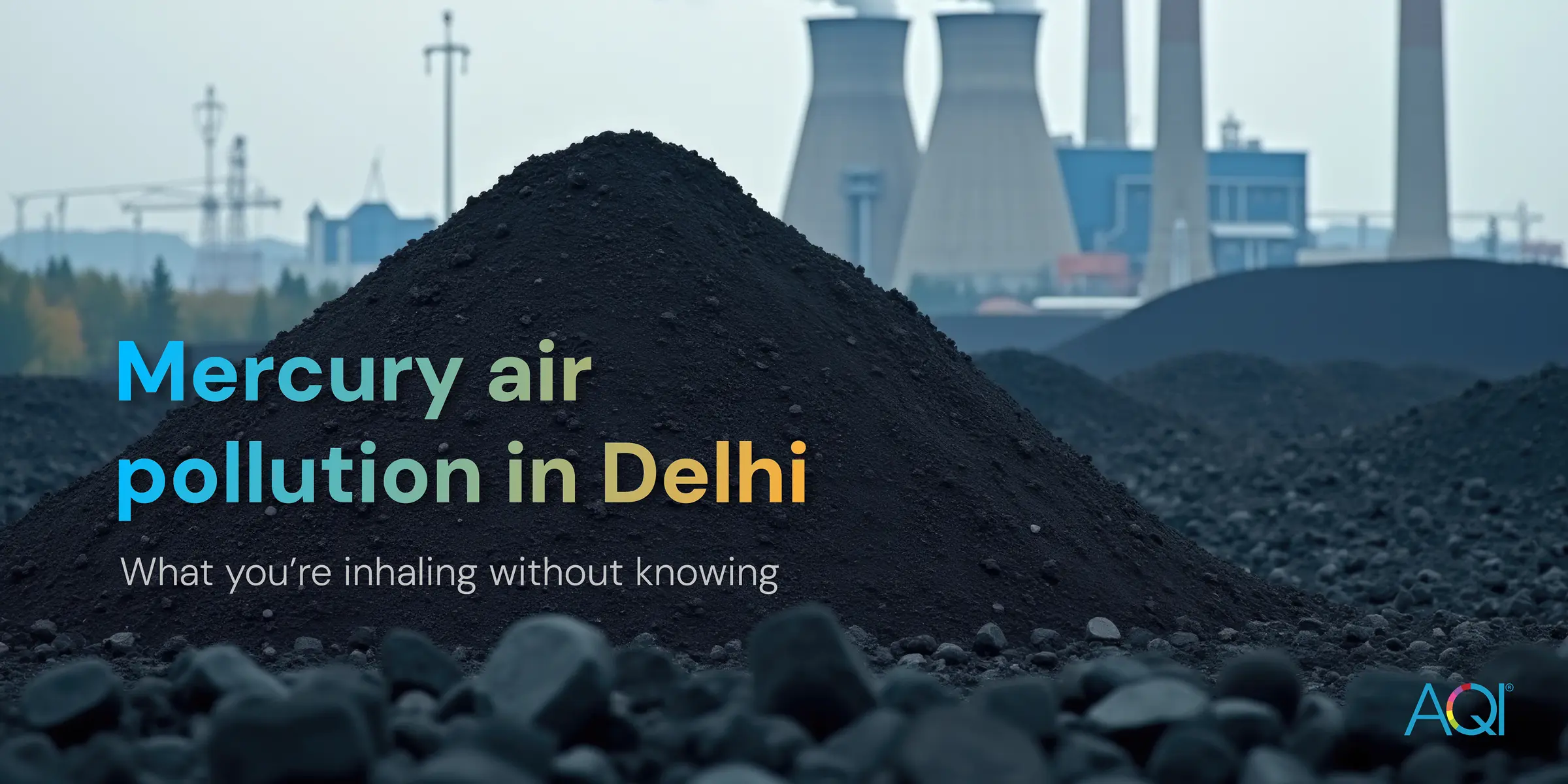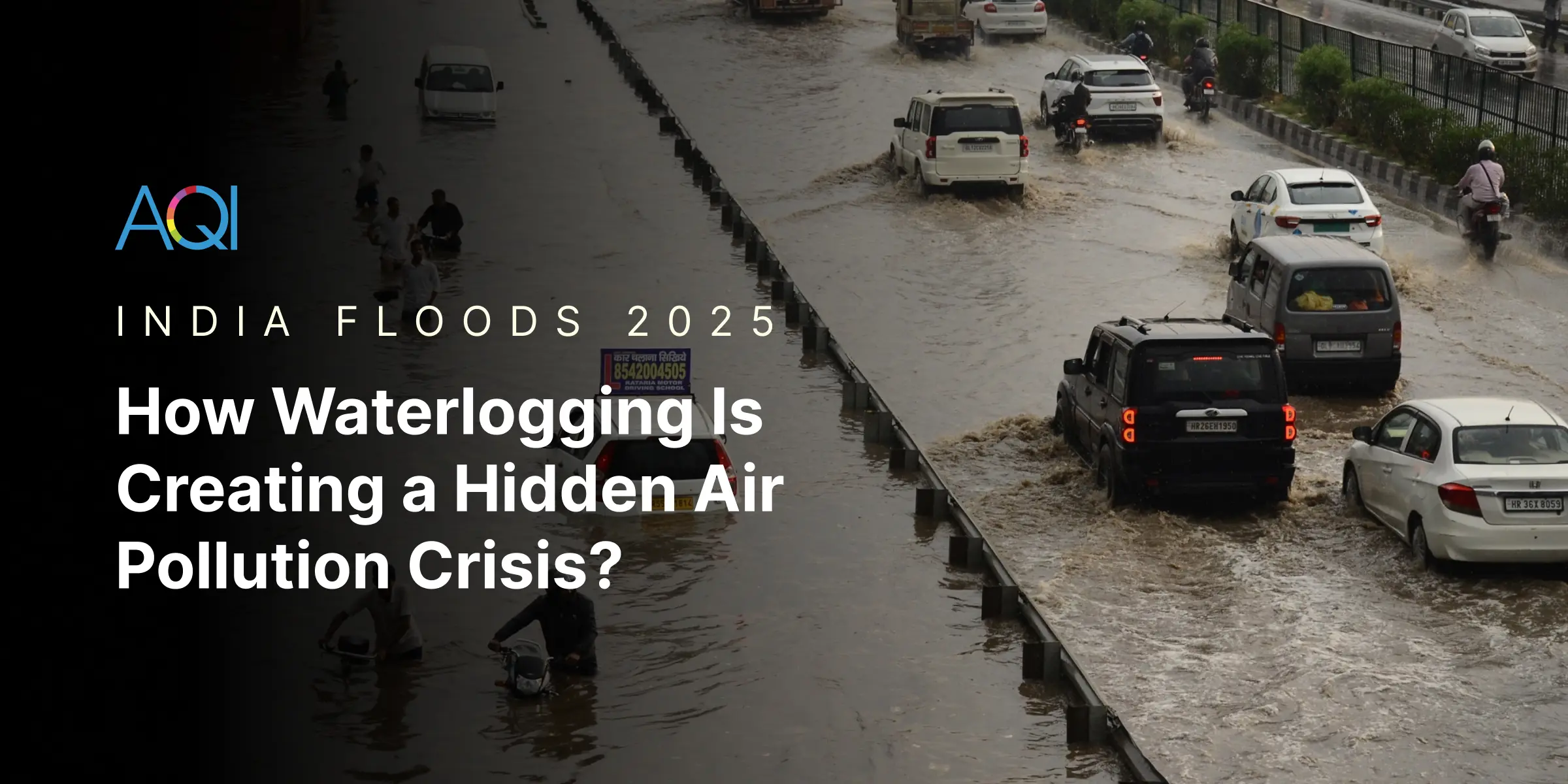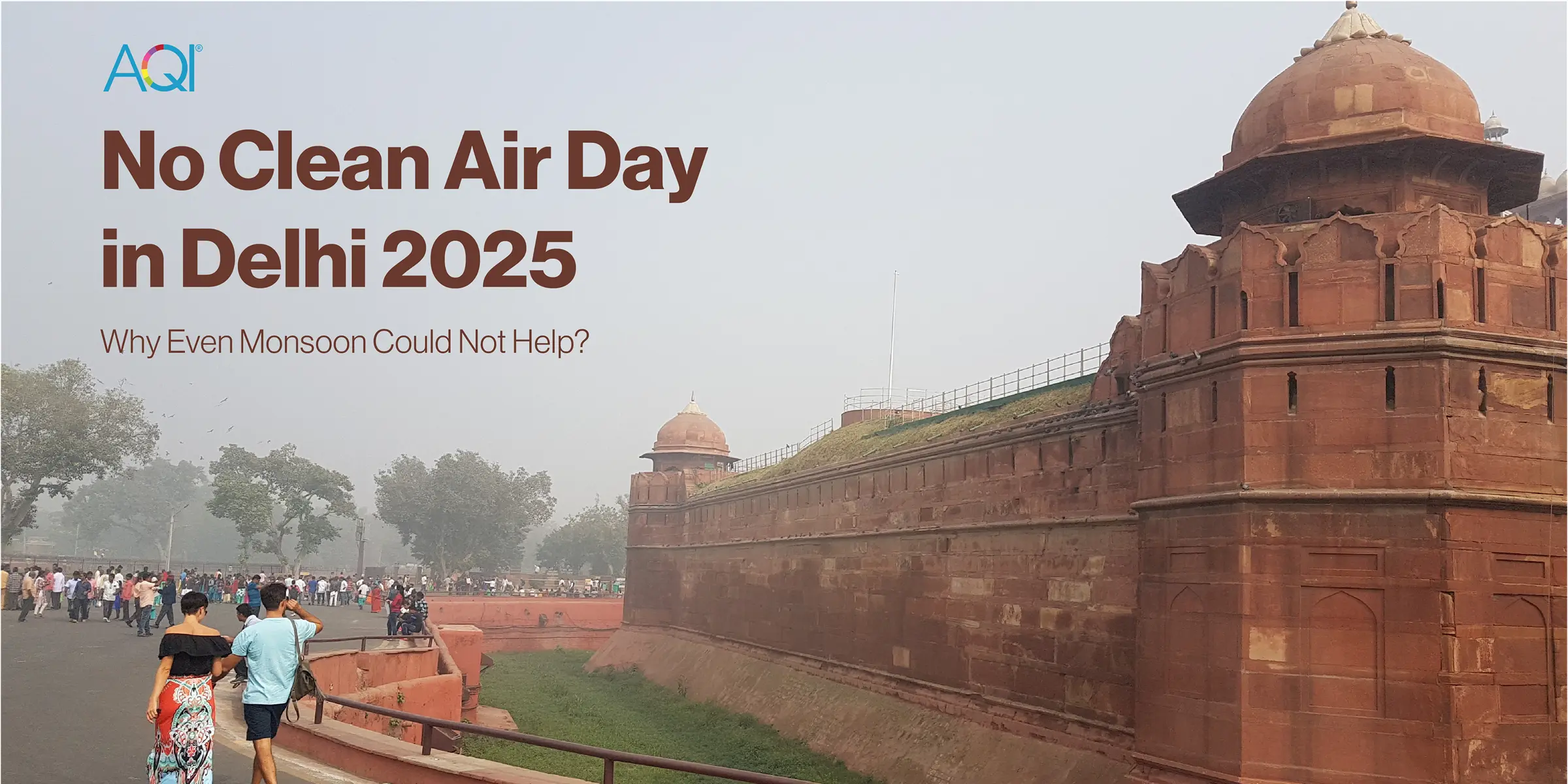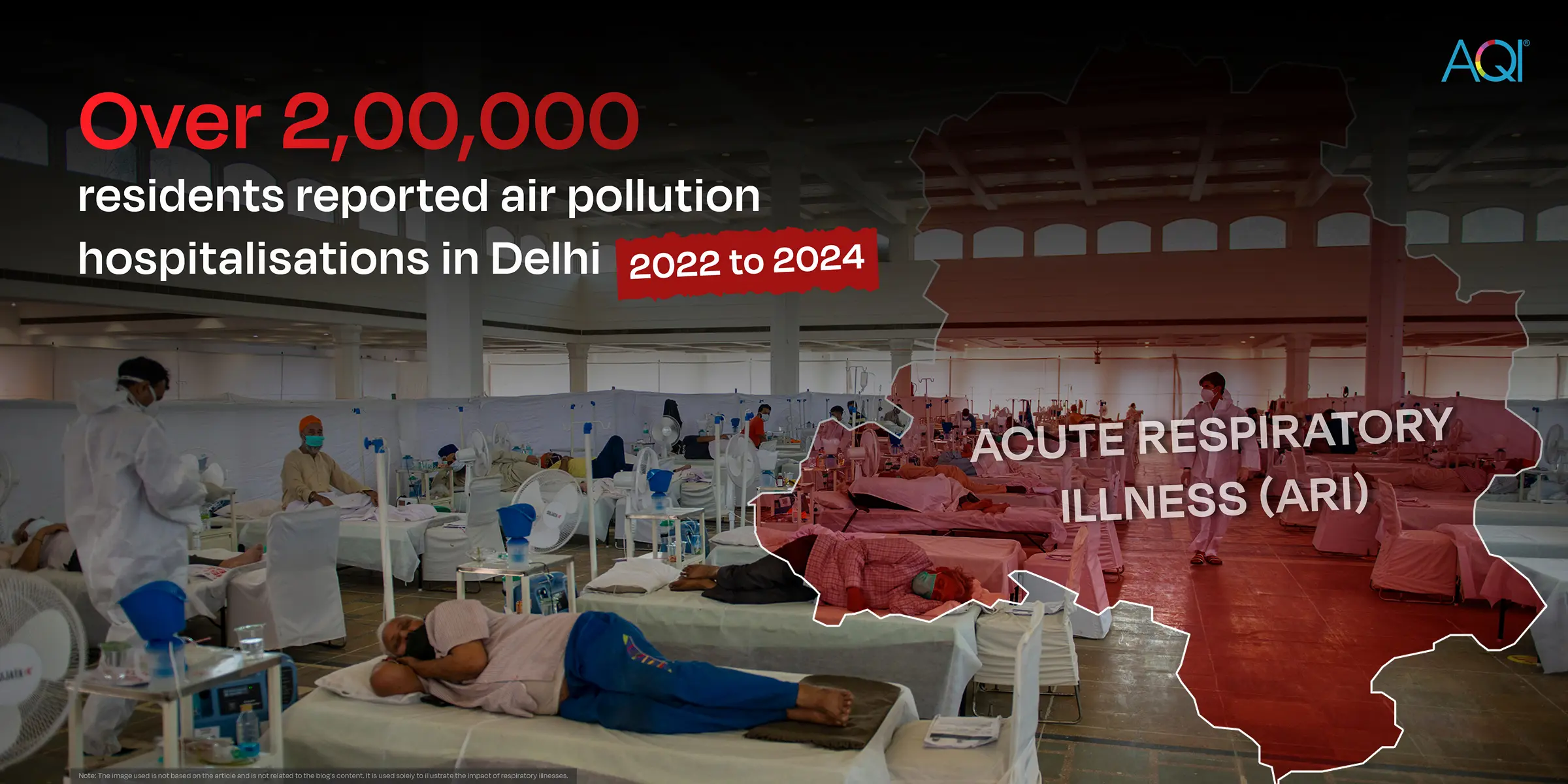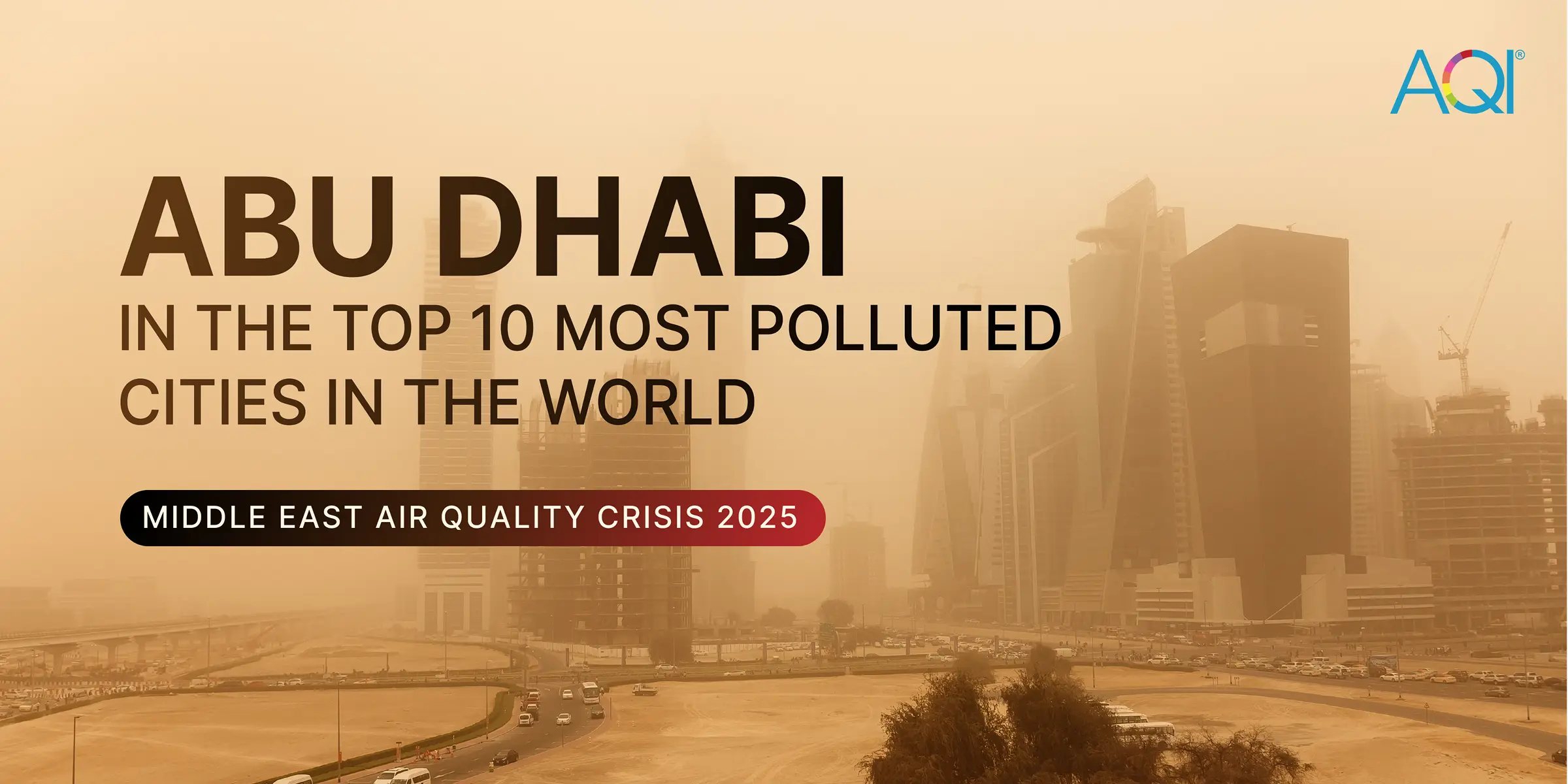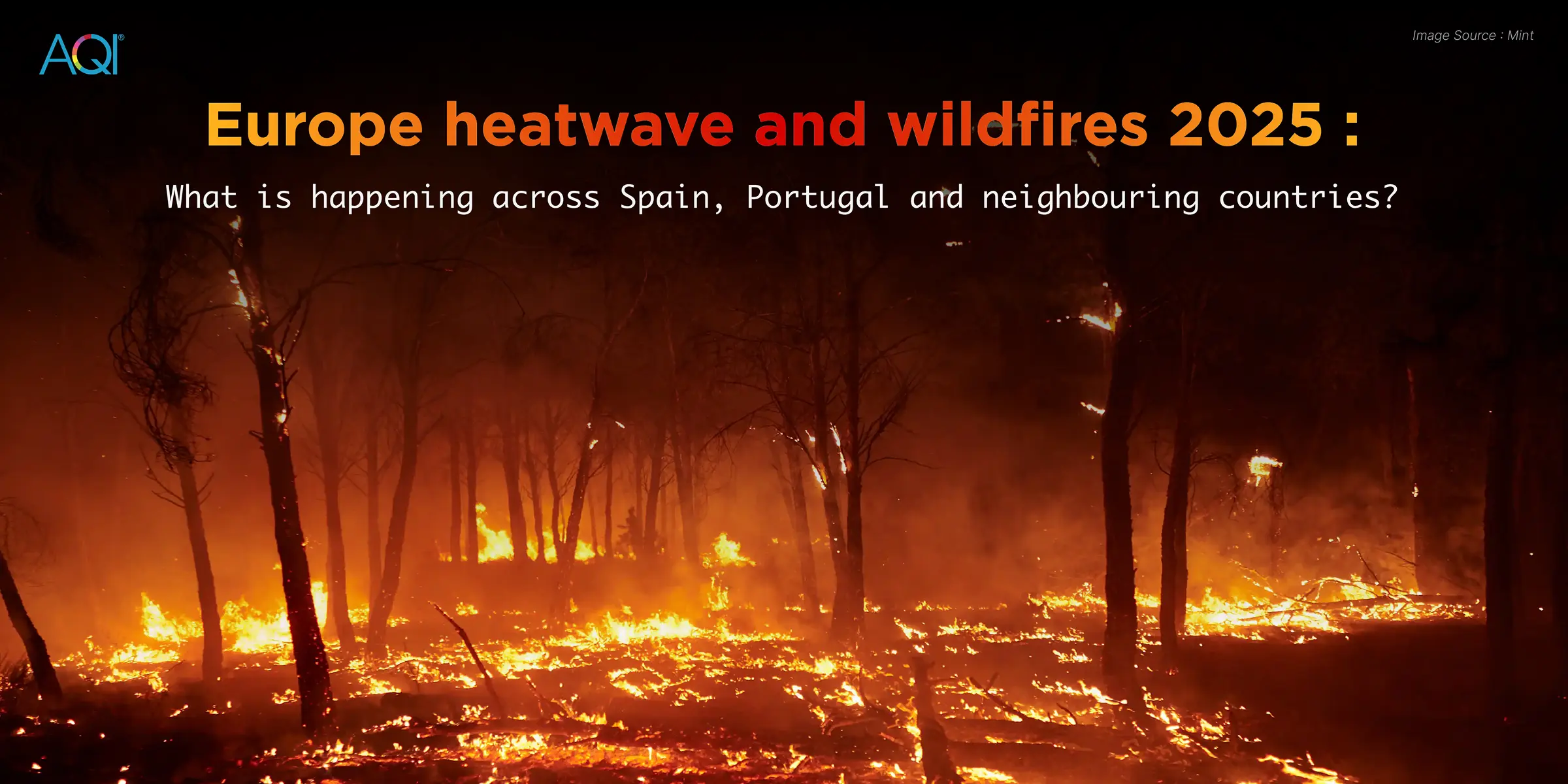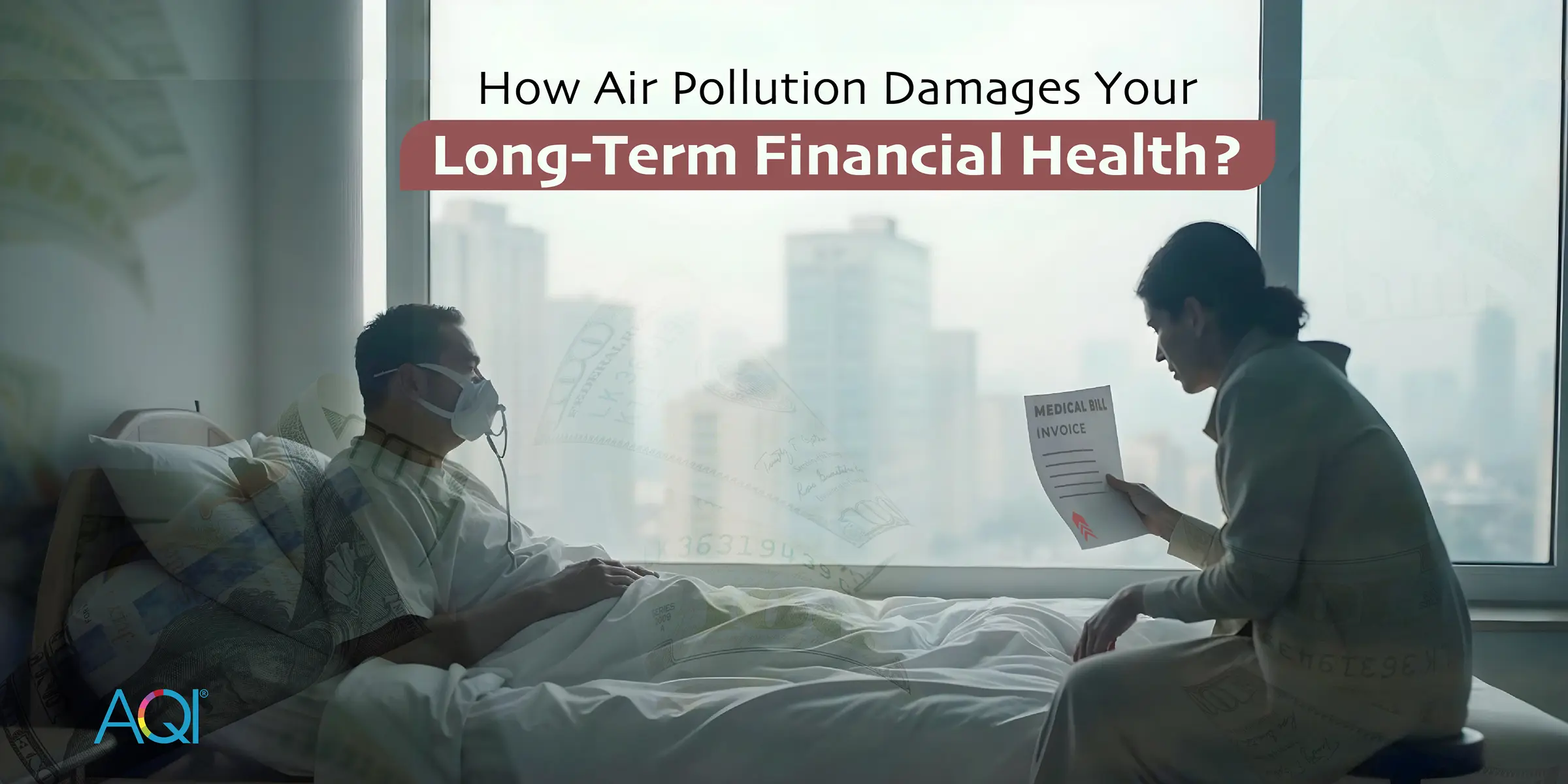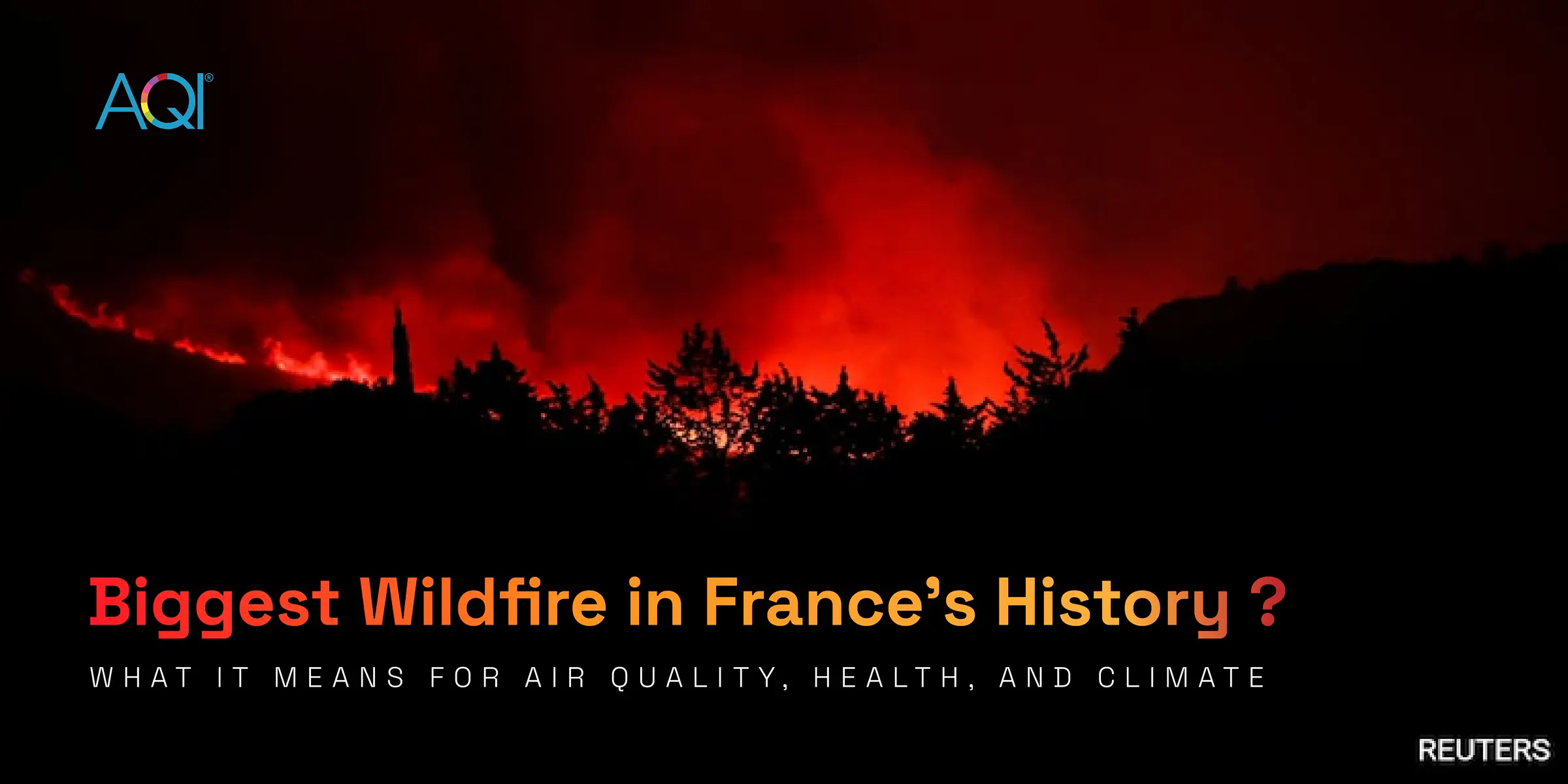Mumbai Air Quality Index (AQI) | Air Pollution
Real-time PM2.5, PM10 air pollution level in Maharashtra
Last Updated: 2025-10-19 03:22:10 AM (Local Time)


29 °C
OvercastMumbai
AQI Graph
Historical Air Quality Data
Mumbai

Download 2024 Annual Data
World Air Quality Report

AQI Trends - Annual Air Quality Changes
Mumbai, Maharashtra, India
Annual AQI Trends
Most & Least Polluted Months
* This data analysis is from year 2020 - 2025
Mumbai's Locations
Real-time Air Pollution Level
India's Metro Cities
Air Quality Index
Air Quality Calendar 2025
Mumbai
Health Advice For People Living In
Mumbai
3.3Cigarettes per day

Breathing the air in this location is as harmful as smoking 3.3 cigarettes a day.
Source:
Berkeley Earth
Solutions for Current AQI
- Air PurifierTurn On
- Car FilterMust
- N95 MaskMust
- Stay IndoorMust
Must turn on the air purifier to enjoy fresh air.
Get an Air PurifierPrevent Health Problems: Understand Your Risks
Mumbai
Asthma
Heart Issues
Allergies
Sinus
Cold/Flu
Chronic (COPD)

High Chances of Asthma
Asthma
Risk of Asthma symptoms is High when AQI is Unhealthy (150-301)
Severe symptoms including intense wheezing, severe shortness of breath, significant chest tightness, and persistent coughing that may disrupt daily activities.
Do's :
Avoid going outside and keep windows closed to reduce exposure to pollutants.
Take prescribed medications as directed by your healthcare provider.
Maintain clean indoor air with air purifiers, especially in bedrooms and living areas.
Don'ts :
Smoke or expose yourself to secondhand smoke.
Engage in physical exertion outdoors.
Most Polluted Cities 2025
India
Analyze the real-time most air polluted cities in the country.
Standard Value
1.
Kapurthala, India
2.
Begampur, India
3.
Nagli Bahrampur, India
4.
Noida, India
5.
Ganganagar, India
6.
Sri Ganganagar, India
7.
Greater Noida, India
8.
Jalandhar, India
9.
Ghaziabad, India
10.
Baghpat, India
Last Updated: 18 Oct 2025, 09:54 PM
AQI City RankingsAir Quality Solutions For Mumbai
Explore the solutions of air quality monitoring & clean air.
Here are some applications that you can go through to find out the solutions.
Mumbai's AQI Data Analytics Solutions
Air quality data monitoring platforms

Your area’s real-time data with detailed parameters.
Personalized health advice as per current AQI.
Analytical data to identify trends and conditions.
Connect and control your air quality devices.
Air Quality FAQs
at Mumbai
Frequently Asked Questions About Air Quality
What is the current AQI level in Mumbai?
The current real-time AQI level in Mumbai is 175 (Unhealthy). This was last updated 2025-10-19 03:22:10 AM (Local Time).
When was the best AQI level in Mumbai in the last 24 hours?
The best AQI level was 148 (Poor) at 7:04 AM (Local Time) during the last 24 hours.
When was the worst AQI level in Mumbai in the last 24 hours?
The worst AQI level was 174 (Unhealthy) at 3:04 AM, Oct 19, 2025 (Local Time) during the last 24 hours.
What is the current trend of AQI levels in Mumbai during last 24 hours?
The AQI levels in Mumbai have been fluctuating throughout the last 24 hours. The levels have increased by highest 174 at 3:04 AM, Oct 19, 2025 (Local Time), lowest 148 at 7:04 AM (Local Time).
What actions are recommended as per the current AQI level in Mumbai?
Current AQI levels are unhealthy for everyone. It's advised to limit outdoor activities and consider using air purifiers indoors.
Recent AQI Blogs
Read the latest news
Here are some latest blogs that you can go through to find out more air pollution.
